#5 Quercus macrocarpa/ Bur Oak Native (TN)
#5 Quercus macrocarpa/ Bur Oak Native (TN)
SCIENTIFIC NAME: Quercus macrocarpa
COMMON NAME: Bur Oak
GARDEN SIZE: 60–80 ft. tall x 60–80 ft. wide
GROWTH RATE: up to 1-2 ft. per year under ideal conditions
USDA ZONE: 3–8
EXPOSURE: Full sun
WATER & SOIL: Dry to medium, well-drained soils; prefers moist, well-drained loams but is highly adaptable to a variety of soil conditions, including drought and clay
HABIT (FORM): Large, broad-spreading deciduous tree with a rounded crown; medium to large-sized oak
FOLIAGE: Deciduous; dark green leathery leaves (6-12" long) with 5-9 rounded lobes, often with deep central sinuses giving the leaf a "waisted" appearance; undistinguished yellow-brown fall color
FLOWERS: Insignificant yellowish-green male and female catkins
BLOOM TIME: April
PLANT ORIGIN: Northern and Central United States and Southeastern Canada
WILDLIFE SUPPORT: Provides acorns for wildlife such as birds, squirrels, and deer; valuable for habitat and cover. Oaks are one of the most important, if not the most important, host plants for local insects.
FERTILIZING: Fertilizer not recommended. If desired, you may top dress with no more than 1 inch of organic compost per season.
PRUNING: Prune in late winter to maintain structure and remove dead or damaged branches
USES: Shade tree, suitable for large lawns, parks, and rain gardens






